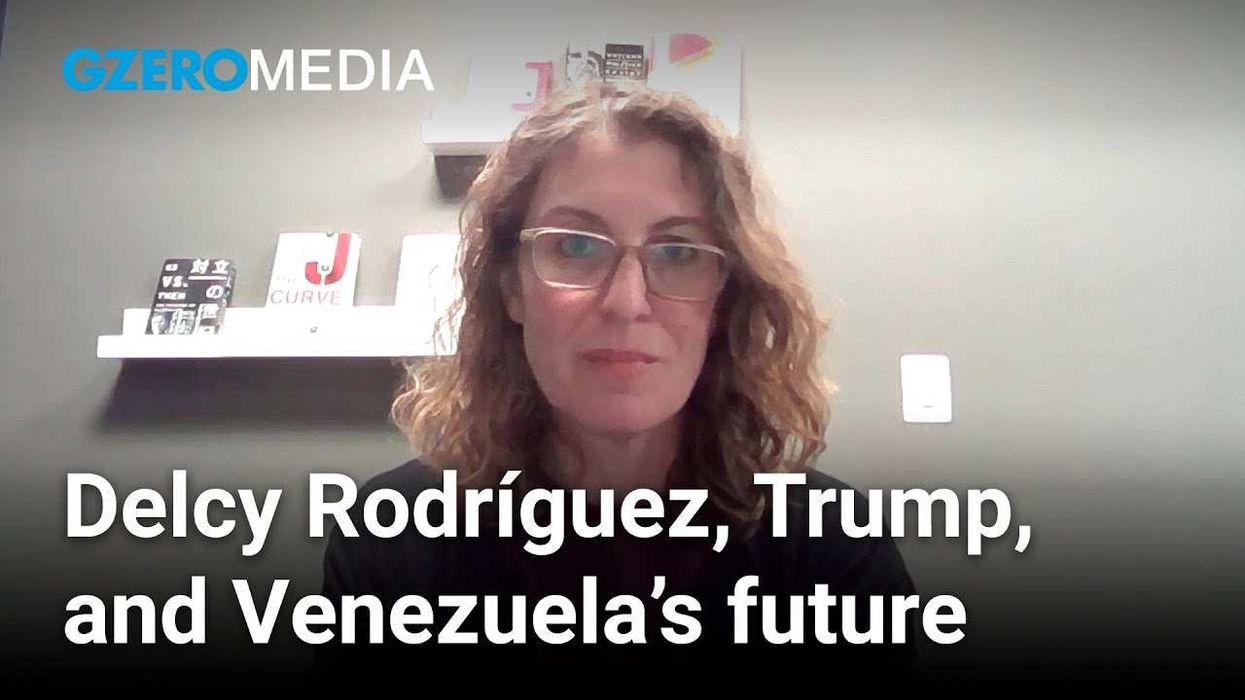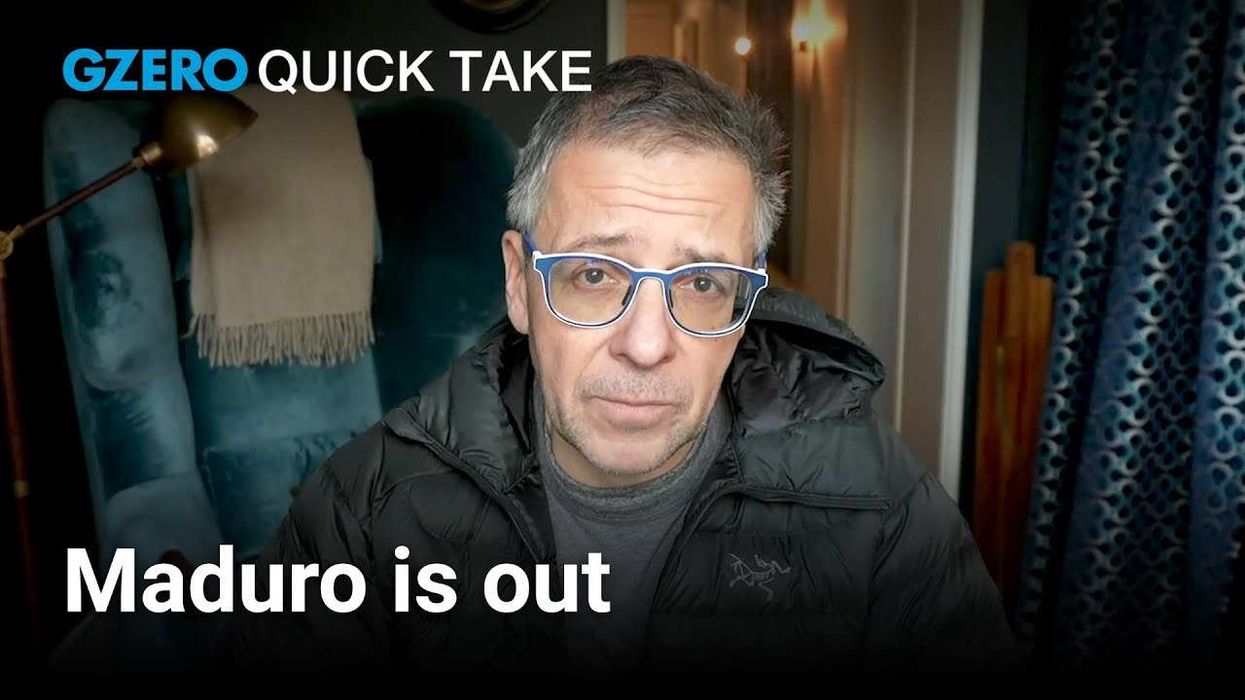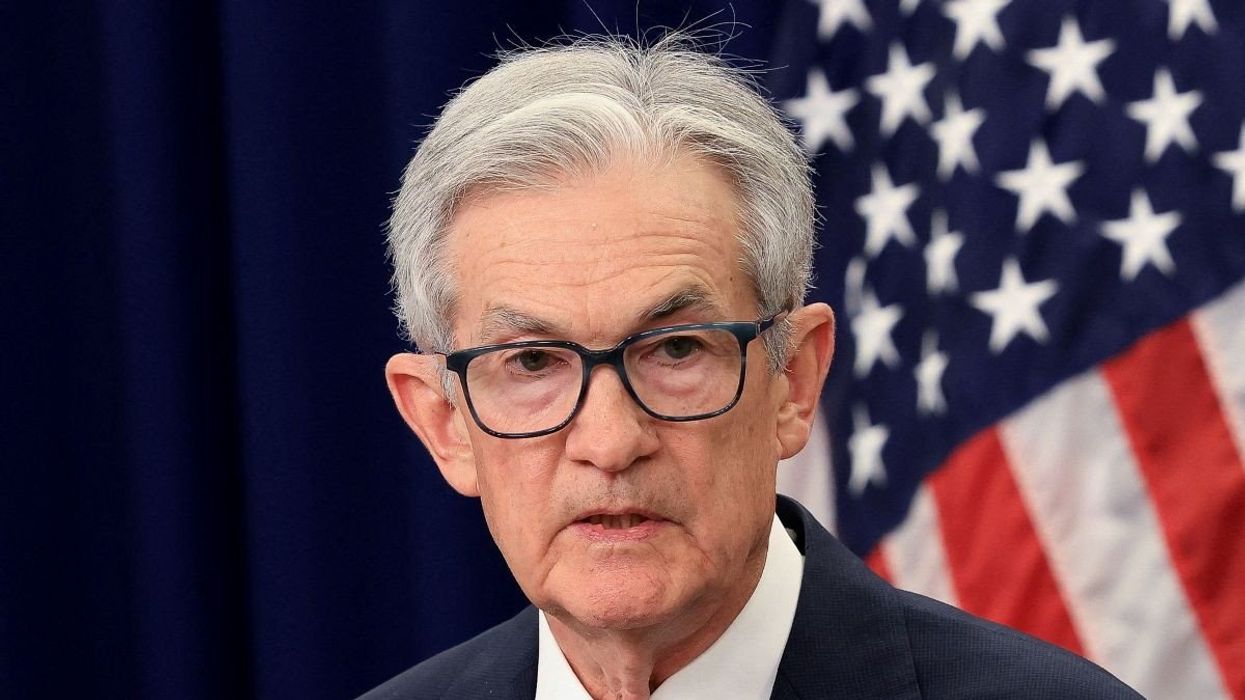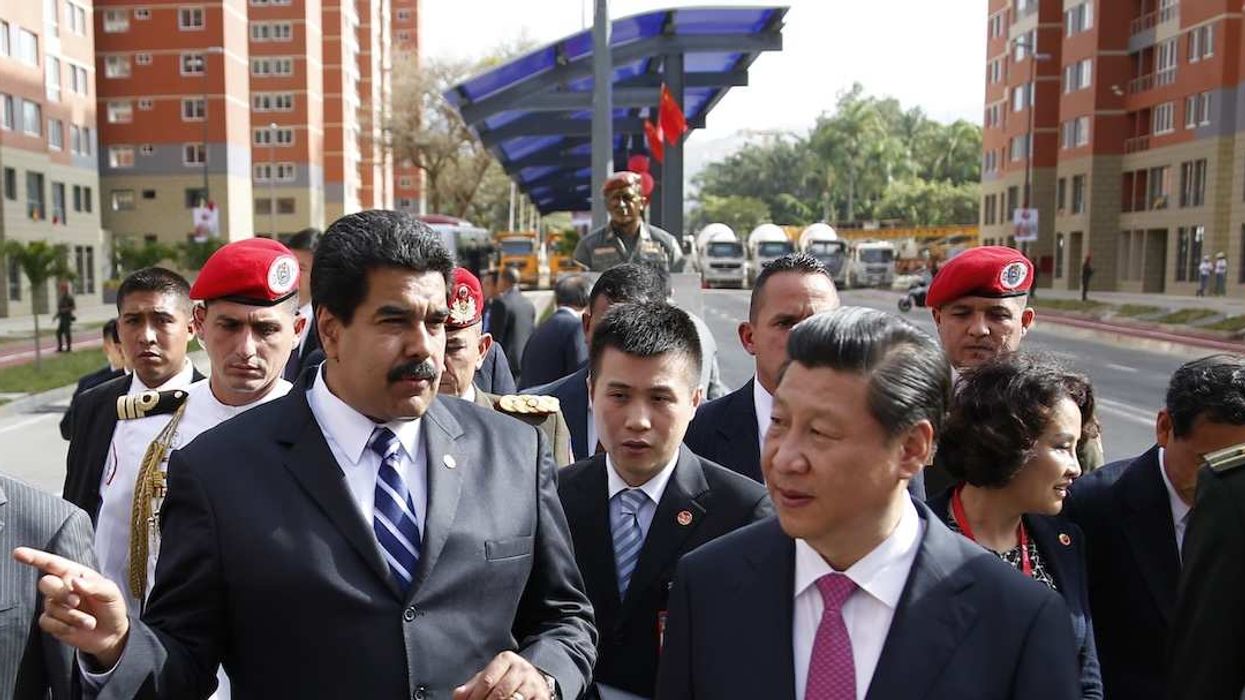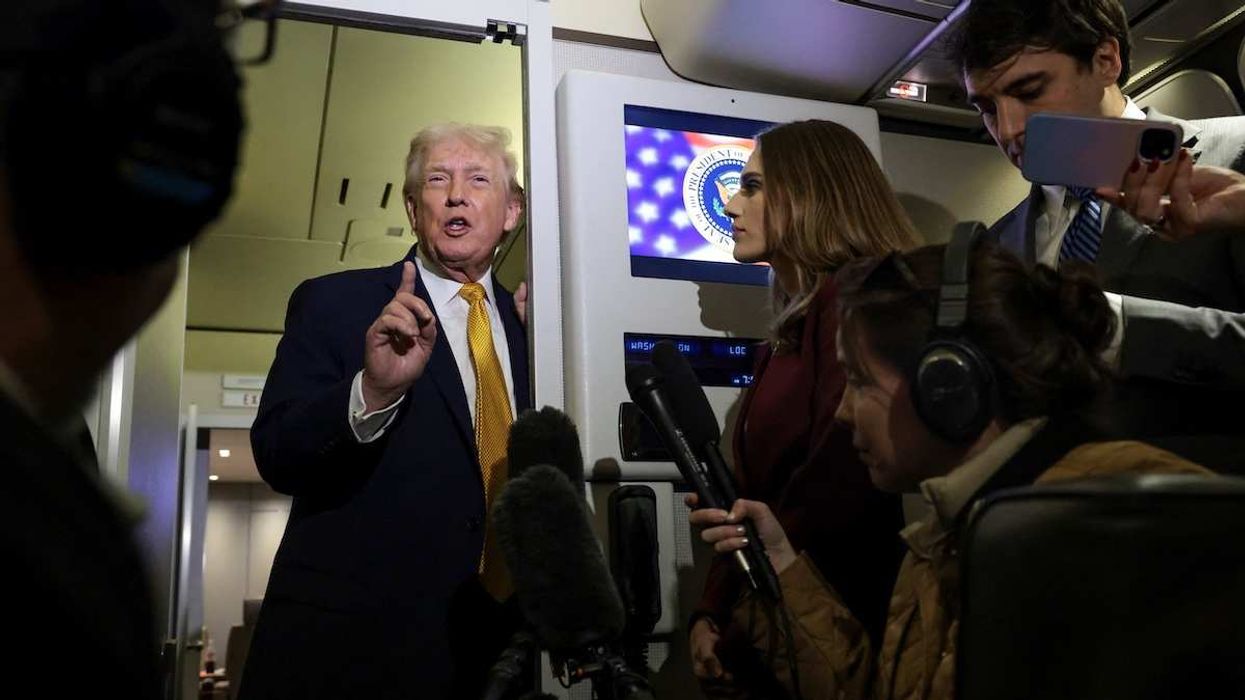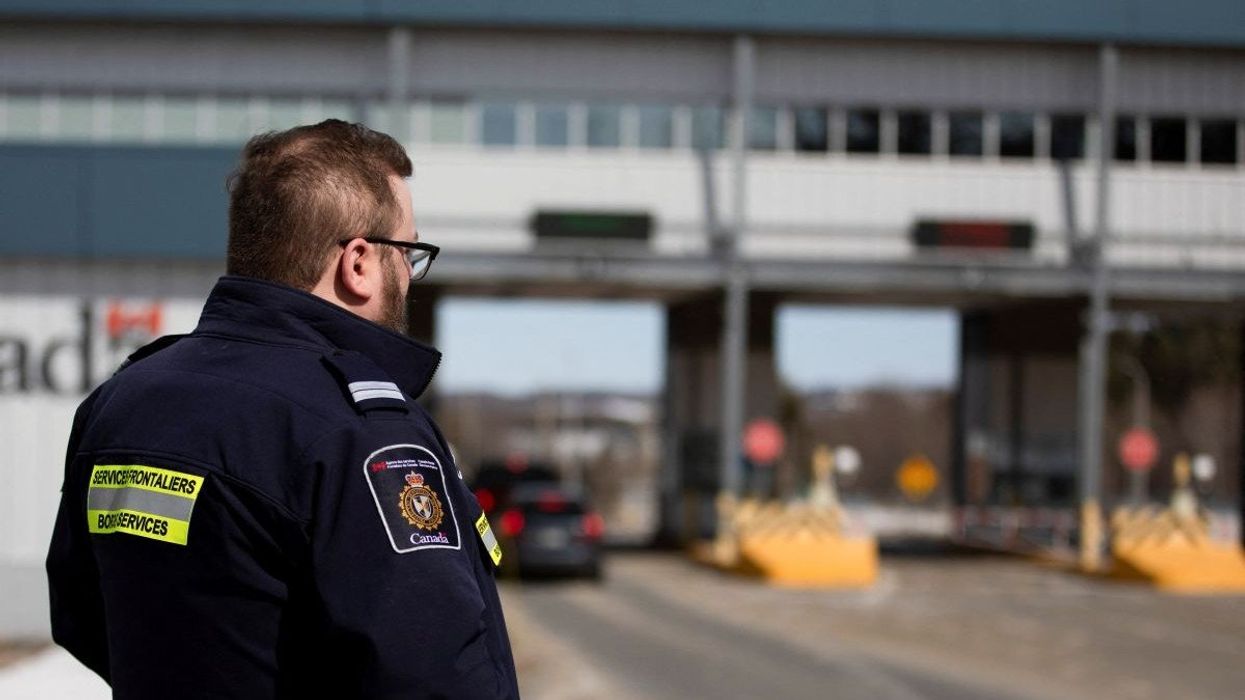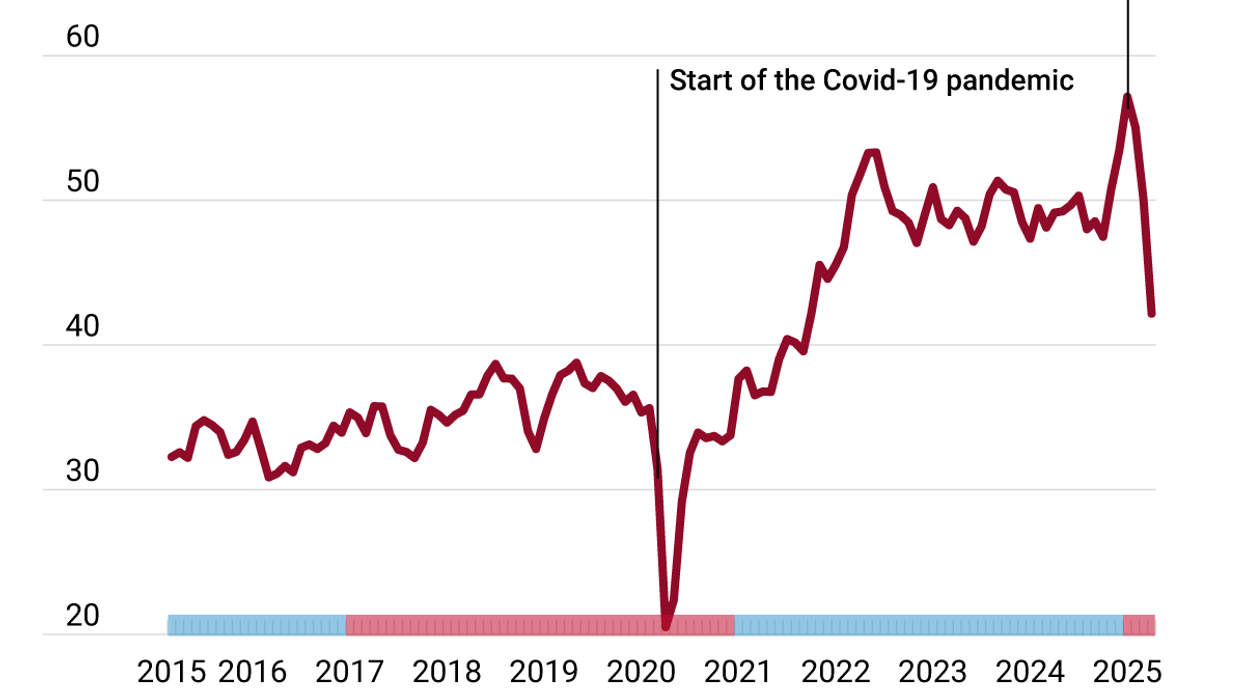The battle for tech talent between the United States and Canada is heating up. Last week, Canadian Immigration Minister Sean Fraser announced a suite of reforms aimed at attracting technology sector workers from around the world, including the US. The move comes as Canada struggles to respond to American green subsidies for energy and transportation as part of the Inflation Reduction Act.
Canada has long been wary of its global hegemon neighbor pipping it to the talent post. Brain drain – or “human capital flight” – has obsessed governments and commentators up north for decades. With Fraser’s new, multipronged immigration strategy, the country hopes to reverse the drain, and the US may be ill-positioned to fight back.
A four-pillar plan
Fraser’s four-pillar plan includes an “Innovation Stream” to attract talent to tech companies or “select in-demand occupations,” a “digital nomad” component to draw in folks who can do their work from anywhere, and amendments to existing programs to facilitate and extend tech-related work permits.
The spiciest bit? There’s a one-year plan for “a streamlined work permit for H-1B specialty occupation visa holders in the US to apply to come to Canada.” Those who enter via the program can later apply for permanent resident status if they meet the requirements. In short, Canada wants to poach foreign, pre-vetted tech workers residing in the US – up to 10,000 of them – and perhaps keep them.
While considered temporary, the program aims to provide laid-off tech workers in the US the chance to continue working in North America. Whether the program will continue past next year remains to be seen. But if the H-1B plan helps bolster Canada’s tech sector, there will be a good case for keeping it, no matter how the US responds.
The H-1B visa odyssey
The US H-1B visa is an employer-sponsored “nonimmigrant classification” for highly skilled workers from abroad, particularly in tech. The US allows up to 65,000 new visas each fiscal year, plus another 20,000 for applicants with advanced degrees from domestic colleges and universities.
Immigration attorney Andy J. Semotiuk, in a recent piece for Forbes, complained that the US needs to revise its H-1B visa program to ensure it remains competitive. He previously wrote that applying for the visa is a massive pain, requiring four applications and a long slog, including the requirement of a green card and employer labor certification to prove there are no American workers to fill the job.
Kylie Milliken, a researcher with Eurasia Group, says a major problem with the H-1B visa program is that the cap has not been raised since 2006. While it’s been working well, she notes, “it does not admit enough applicants to meet the needs of the labor market.” Despite calls from industry for changes, Congress hasn’t budged, which is no surprise, Milliken says, because “immigration is extremely divisive in the US, which makes policymaking difficult even when the government is under unified control.” In Canada, Fraser’s “streamlined” plan hopes to attract folks who’ve been able to get through the H-1B process, and their families, and permit them to work for “almost any employer anywhere in Canada.”
Any attempts by the US to respond to the Canadian plan, says Jon Lieber, managing director for the US for Eurasia Group, will be met by congressional deadlock on immigration. “The US is not likely to respond to anything Canada does because US immigration policy is not currently being set by the interests of US companies, but by domestic groups who are largely anti-immigration or at best immigration skeptics.”
That’s also why nothing’s been done to overhaul it to a more rational program, Lieber adds. “It’s basically working well for a small number of firms who benefit from it, and there’s no political will to expand it in the face of attacks.” That means no expansion to the number of applicants the US accepts and no replacement program that includes a pathway to citizenship.
Will visa holders move to colder climes?
Moving to Canada could be an attractive option for H-1B visa holders in the US who have recently lost their job because the visa is tied to employers. As Lieber says, those folks “are at the whims of their employers for their ongoing residency in the US.” So, someone who loses their job also loses their visa sponsor, leaving them with a stressful 60 days to find a new job.
As the US stares down a recession, the country has laid off nearly 200,000 workers so far this year, many of whom come from the tech sector. Alphabet has cut 12,000 employees, while Amazon let go 18,000 people, and both Microsoft and Meta eliminated 10,000 positions each. The US layoffs, and Canada’s inclusion of a path to citizenship within its H-1B program, might make applying to the northern alternative an attractive option for many.
Even though Canada’s tech talent-poaching plan is starting modestly, the US needs to keep its eye on the sector. “If the US wants to keep its tech industry robust and keep leading innovation,” Milliken says, “it will ultimately need to find a way to get more skilled workers into that space, whether by incentivizing American students to go into the tech and AI industries, allowing foreign-born graduates of US universities to work in the country longer after their student visa runs out, lifting the H-1B caps, or some other route.”
Canada’s H-1B plan launches on July 16, and the rest of its tech worker plan will unfold in the months to come, with the Innovation Stream due online by the end of 2023. By then, we should know whether Canada is managing to poach talent from the US – and whether it plans to aim for more in the years to come.




